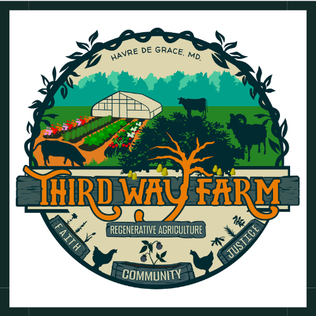|
10/2/2023 1 Comment Parasitic ParadiseFall is the time of year where life begins to shift. As the colors in the trees change, the ecosystem of the field begins to change too. Grasses push out seeds to propagate for the following year, once prevalent flies begin to die off. However, parasites, continue to flourish. And they, can become the bane of a farmer’s existence…
Whether you know it or not, parasites are already a part of life. They often live in your body, on the grass outside and are found in many animals. On the farm, we focus, not on the normal parasites in our bodies or animal bodies, but in the parasites that live in our fields. While having a healthy dose of parasites in animal bodies is normal - having too many can be debilitating. Parasites in the pasture are a year round predicament, but are felt more acutely to us farmers, in the late summer or spring. They live closest to the surface of the soil, and live in warm and humid environments. Feces provides a perfect growing location. And, as you know, animals like to poo! It’s one of their more endearing characteristics. Once mature, parasites can travel up to 2-3 inches up a plant, hang out there and wait for unsuspecting animals to come and eat them. If an animal ingests too many, they begin to get sick. Symptoms of parasites in sheep, for example, include diarrhea, lethargy, difficulty breathing, weight loss, anemia, and in extreme cases: death. As farmers, we get to live an intimate connection with the animals we love…and their problems. Parasites are one such problem. This means we have had to get to know these parasites pretty well and have learned some strategies to prevent or minimize their effects on the herds. One of the most effective parasite management strategies we use is rotational grazing. Rotational grazing is a fancy term for moving the animals around the pasture in contained and moveable electric fences. If you’ve ever been to our farm, you most likely have never seen our animals in the same place. Our pasture animals move daily! This means setting up a new fence, moving animals into the new paddock and then taking down the old fencing! Phew, I’m tired just thinking about it. But, we love to do it. If parasites only climb up the first few inches, having taller grass that animals graze down to about 4 inches, means there is a much lower chance of our sheep and cattle getting parasites. Additionally, moving animals on and off a batch of grass allows the grass to get trimmed, but then gets a chance to rest for a significant amount of time before animals are back on that space. With the land we get to steward, rotational grazing provides safety for animals from parasites, and helps enliven our pastures to grow stronger and healthier each time animals pass over it as their manure helps re-nourish it. Come over to the farm and take a tour to see what it looks like before and after animals graze an area and come watch us move them knowing that not only do we move them for fresh food, but for their gut health! Another way we minimize parasitic creatures in our animals, is by providing them with natural dewormers. (FYI - parasites are often termed as “worms”). Did you know that pumpkins and other squash related vegetables are a wonderful natural dewormer? Each fall, when the pumpkins have been carved and the summer squash decorations become out of season we collect them from friends and family and to feed to our herds because the seeds of these plants have cucurbitacin which has been shown to be a natural deworming compound. And get this… You are invited to help the farm manage parasites. Bring in your old pumpkins or other cucurbits and help share them with the field animals. To make this even more exciting, we will have a Pumpkin Chunkin Catapult that you can use to launch your previously loved cucurbit into the fields for the animals. Save the date for fun with the whole farm-ily: November 10th. Come: Launch. Laugh. Deworm.
1 Comment
End of Summer means prepare for winter...
Life always seems to beckon us into a tentative balance between the here and now, and the things on the horizon. How do we both prepare well for the future with careful and thoughtful planning, but now dwell on the mysteries and unknowns to the detriment of our attentiveness to the present moment? We all may spend a lifetime discerning the best balance for ourselves, likely getting it wrong plenty of the time! As farmers, we live in an even more complicated version of this balance. We have to always be thinking ahead to the next season or 2, making sure we have things lined up and prepared for a harvest to come 70-120 days away, but also tending to the things currently ready to be harvested. This may seem more apparent in winter and early spring when we are sowing seeds and preparing everything for the season ahead. But just as important, and perhaps with a bit more pressure on timing, we have to be well prepared for the Fall and especially winter or we will be without anything to harvest! This may be okay for farmers or operations that don't want to harvest anything from December-April, but we at Third Way Farm strongly believe in being a 4-season farm; having nutritious produce and other foods available 12 months a year. September is really the last big push for our fall and winter preparation. If we don't have our act together by then, we won't be harvesting or having much in the way of fresh food all winter! And every vegetable crop needs to be planned out, (sowing the seeds, preparing the bed, and planting the crop) based on what's called the Persephone period for our latitude. This is the period of time when the daylight hours drop to less than 10 hours per day, and subsequently, most vegetative plant growth slows to almost a halt. For us in Havre de Grace MD, at about 39.5 degrees N latitude, that period begins around November 13-16. By that time, we need to make sure all of our crops are not just planted and in the ground, but that they are AT LEAST 75% mature. This is obviously a subjective and variable thing to observe, but we can use the expected “days to maturity” that is given for each of our vegetable crop varieties, and add about 7-14 days to that number since things grow a bit slower in the Fall, and plan to plant those crops X amount of days before November 15 (approximately), so that they will be 75% or more mature by that date. Basically, that means we want to plant most winter vegetable crops in our field beds by September 15, with a few possible exceptions to get planted later for quick growing crops like radishes, salad greens, turnips, and bok choi. For our greenhouse/tunnel areas, we can push our plans for winter crops a bit later (seeding and planting up through 10/5), as the warmth and protection provided by the tunnels allows for better growth through the persephone period. So that's a lot of planning for all of our fall/winter vegetables, right? Thus the need for this balance between present and future thinking for us farmers. It's easy to get caught up in the present moment during summer, thinking about all the challenges brought on to our summer crops by heat, pest, and disease pressure, and to think there's still plenty of time for fall and winter crops to wait. And it's also possible to be thinking so much about those future crops and the plans needed, that we neglect the current summer crops, forgetting to weed, prune, and manage them so they thrive and produce bountifully. Of course, this lesson of balancing the present moment and future planning is one all of us need to practice and learn from year after year. Excitement about new projects and future plans has sometimes led me to pull away from the present, and although that is ok in general, I am working on honing in on this balance. At the same time, this summer time planning for the winter and fall is often one I need to push myself to be diligent in doing when summer days stretch on later and later with all the work to do! May we all learn to be gracious with ourselves as we navigate the changing waterways of life that push and pull us between the possibilities that lay ahead and the realities that lay before us. Embrace deeply the joy of life and all the beauty around you each day, but don't forget to be attentive to those future plans so that you aren't left missing out on the all that you could enjoy in the “present moments” that are yet to come! 6/29/2023 1 Comment Tomato Time
The beginning of July. Out with the sweet red of strawberries and in with the red fruit of tomatoes. Red, and orange, yellow, and purple, first green, sometimes pink, solid, striped, and tie dyed. Most of the year we are asked, “Do you have tomatoes yet?” Short answer, yes. When tomatoes are not in our hands and bellies, they live in our hearts and minds. The tomato plant (scientifically called Solanum lycopersicum) is a solanaceous crop, in the family of many familiar foods like eggplant, potatoes, and peppers. All solanaceous crops are flowering, simply put - flowers give way to fruit via pollination. Tomatoes are native to South America and were later cultivated in Europe. So by some geographic technicality, a tomato could be considered a tropical fruit! The Mexican word tomatl turned to the Spanish tomate and then the English tomato. The Italian word for tomato is pomodoro (that pasta pomodoro you love means tomato pasta). Pomodoro translates to “golden apple,” meaning some of the first varieties of tomato grown in Italy were likely yellow. The original wild plants were more ornamental and the fruits were much smaller. After years and years of planting, growing, harvests, and seed saving experiments, the varieties we know and love today came to be. Start to finish, tomatoes are around the farm in some way. Seeds are snuggled up in their bags during the winter, sown in late winter, planted early spring, grown, pruned, and harvested through summer, then finally cut out in the fall. In the early days of March we get busy with sowing. Beefsteak, Cherokee, Sungold, and many, many more (there is even a variety called Kellogg's Breakfast)! It is hard to believe that seeds no bigger than the top of a pin grow to tower over us. After the seeds get cozy for a while with their soil trays warmed by heat mats, they are moved out to our greenhouse to spend time soaking up the sunshine. Once the plants are mature, they are planted into various plots on the farm. There is an entire white high tunnel filled with hundreds of tomato plants. Like most plants, people, and animals, tomatoes appreciate good friends. Nasturtium and marigold flowers are companions to tomatoes, they attract beneficial insects that drive away pests and bees that pollinate. Countless hours are spent trellising and pruning, this supports the plants and ensures they produce fruit all season long. And finally, after months and months of lots of the utmost love and care comes the fruit! Flowers turn to fruit, green gives way to all the beautiful colors and flavors of tomatoes. The harvest is what we look forward to all year long, it is worth the wait and such a joy to share with the community. My personal favorite way to eat tomatoes is straight up, cherry tomatoes are like candy. An heirloom tomato the size of my head, sliced with salt and pepper. I learned this next one last summer, it’s one of those no measurements just do what feels right recipes: Heat a generous amount of olive oil or butter in the pan. Sautée onion, garlic, cherry or diced tomatoes until cooked down into a sauce. Salt and pepper and add herbs to taste. Chop your favorite Third Way Farm sausage, add to the pan and cook to perfection. I personally love the hot Italian, I like to add smoked paprika for an extra kick, too. Serve over pasta, rice, potatoes, or on its own! Paintings! I'm painting tomatoes this weekend |
The Return of RobinhoodNestled into a hidden woods on Robinhood Road, in Havre de Grace Maryland, exists a picturesque farm community; a place of green pastures, beautiful woodlands, and colorful fruits and vegetables. And in this thriving place, a place called Third Way Farm, there is also a community on a mission to build a better world through a holistic and regenerative approach to agriculture; a mission grounded in our faith and our belief in a world where all have a place at the table. Where, when we give back to the land, and to one another, all of creation thrives. Archives
January 2024
Categories |
Barn Store Hours
Tuesdays 3-5:30pm
Fridays 3-5:30pm
601 Robinhood Road
Havre de Grace, Maryland 21078
717-669-1351
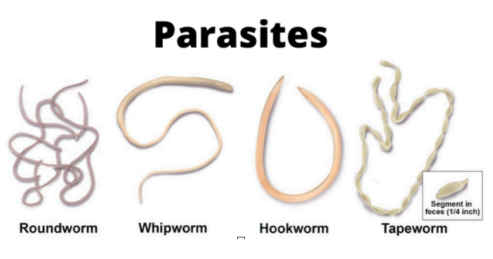
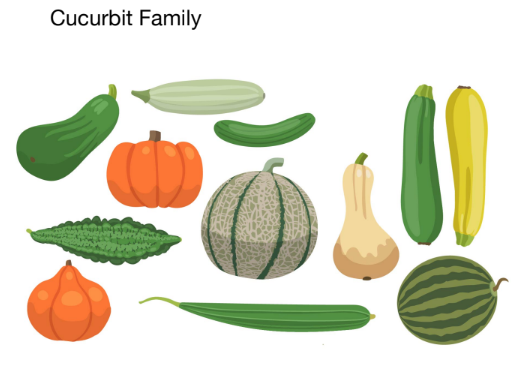
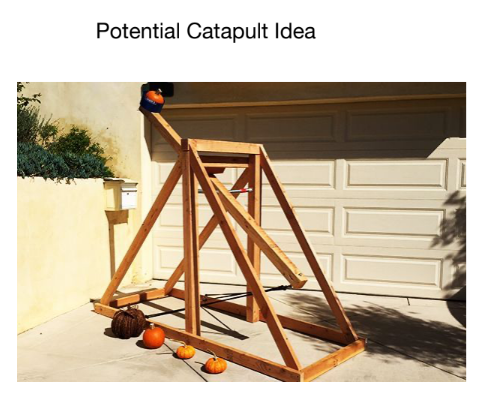
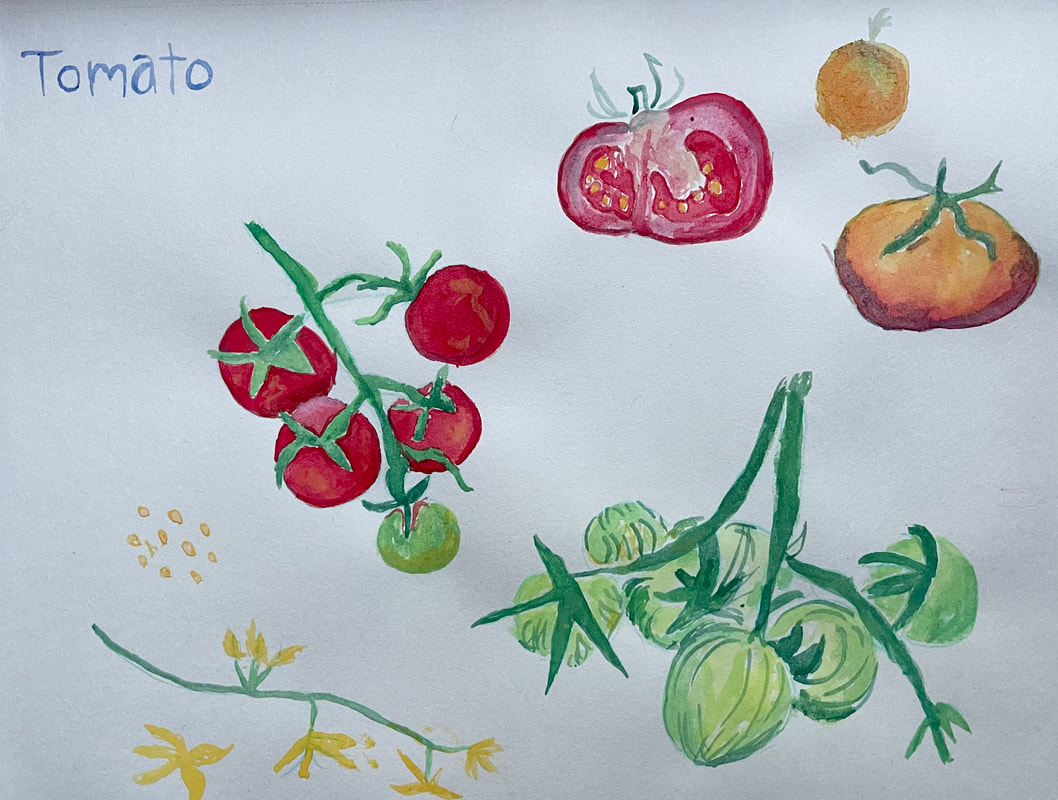
 RSS Feed
RSS Feed
